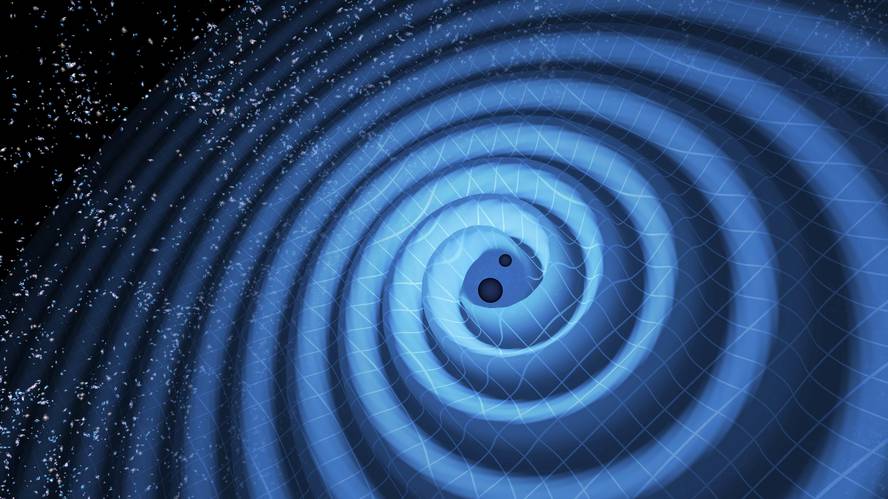New black hole shock detected at LIGO observatory
Gravitational waves have been detected for the second time at the LIGO observatory. Gravitational waves were first detected on 11 February. And they opened with it a new door of astronomy, since instead of observing by electromagnetic waves, they showed that it can be observed by gravitational waves. They have now published their second observation in the journal Physical Review Letters. As in the previous case, the detectors are the gravitational waves emitted by joining two black holes.
On 26 December, these gravitational waves were detected in the two LIGO interferometers (three months after the first observation). The black holes were smaller than the previous ones, with 8 and 14 solar masses, the previous 36 and 29. The researchers have stated that the observed corresponds to the theoretical forecasts of how black holes come together. According to these theoretical predictions, black holes move together, making dozens of orbits, until their fusion. They have been able to observe 55 tours of this type in the signal that lasted a second. They have also been able to verify that one of the two holes was rotating.






